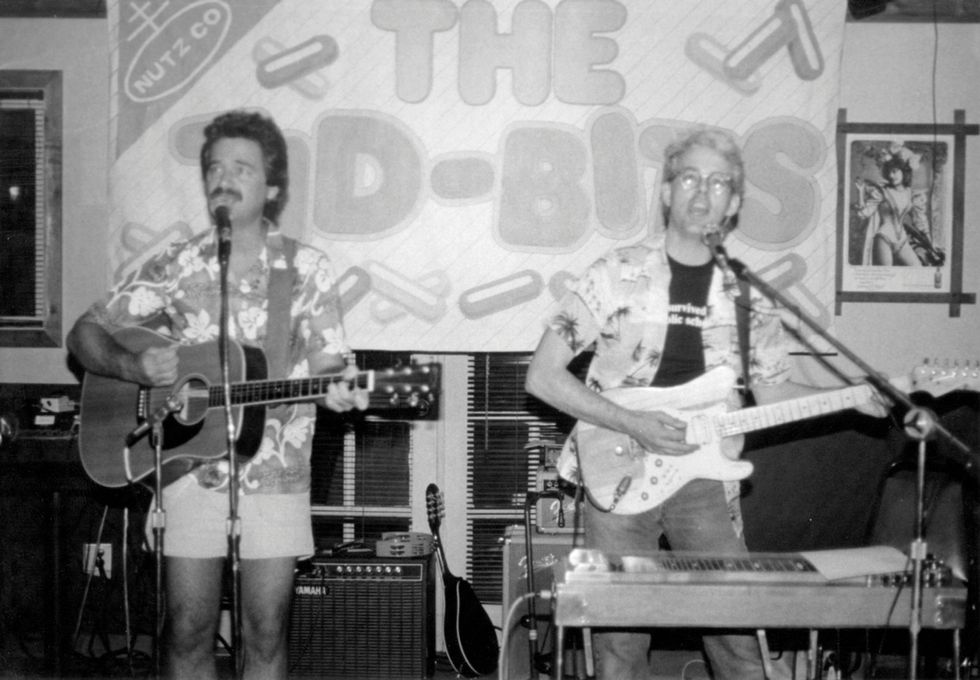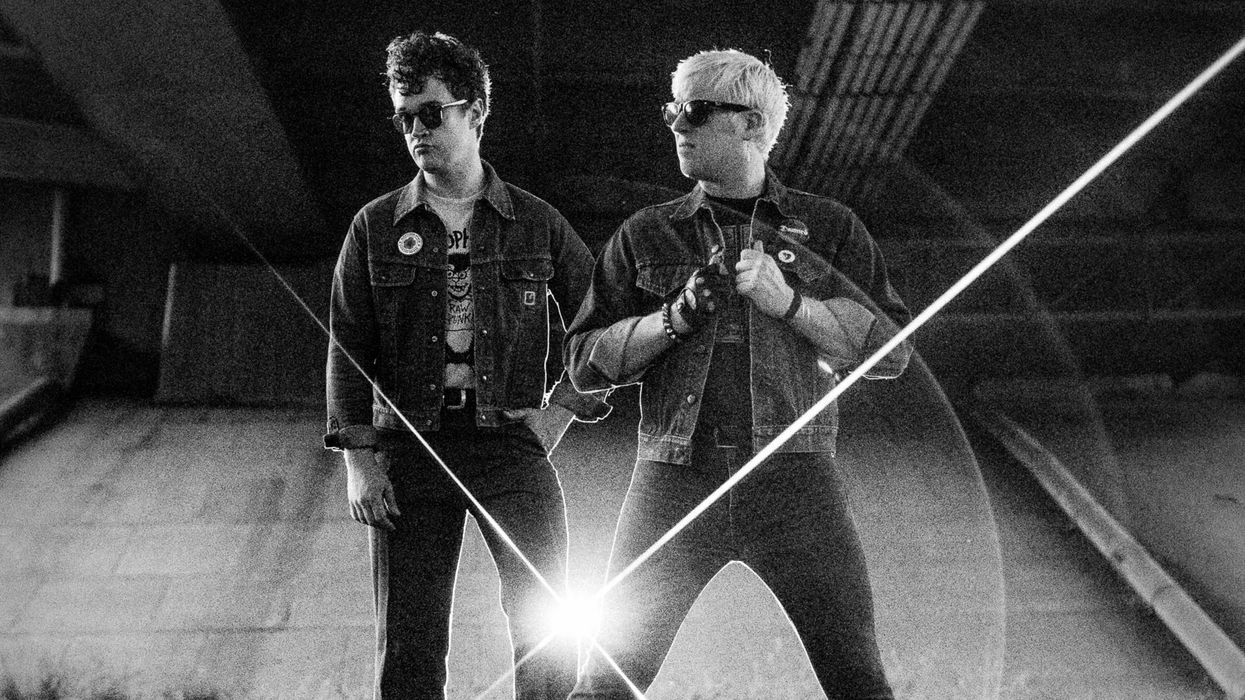Name: Jim Gleason
Hometown: Lexington, KentuckyGuitar: B-Bender Gleasoncaster
In 1982, I was a recent transplant to Kentucky from NYC with a toddler, one guitar, and a limited budget. I liked and played all kinds of music, from rock to blues to country, but Clarence White’s dazzling country fusion B-bender work with the Byrds completely blew my mind.

I started with the body, which I laminated into a 2 1⁄4” thick butcherblock using planks of 100-year-old maple and walnut from my brother’s brownstone in Albany, New York. Using the pickguard from my Strat (which I ultimately sold to cover my costs), I laid out and routed the top for the pickups, controls, and neck pocket. The Mighty Mite maple neck with jumbo frets plays great.
Confusing the concepts of “can” vs. “should,” I decided to go for as many pickup combinations as possible. I was able to get 27 variations by wiring a pair of 4-wire DiMarzio humbuckers and a single-coil with mini toggles that enabled coil-split, series/parallel, and out-of-phase combinations in addition to the usual Strat options. I even installed a hi/lo active preamp at one point, but that seemed like overkill even for me, so I went back to analog.
As for the homemade B-bender, I only vaguely knew how the Parsons/White bender worked, so I was going largely by instinct. I routed the back, planned locations for the B-string mount and tuning stop knob, and used a bunch of old typewriter parts for the guts, tweaking them to get the optimal strap-pull angle, intonation, and spring tension. Miraculously, it all worked out fine, and I gigged with the Gleasoncaster all through the 1980s.

Ultimately, I put it aside because it weighs on the north side of a Les Paul (and some dressers). Of course, the brass bridge and knobs didn’t help, but it was the ’80s. And I’ve mostly forgotten which toggle does what. But it still sounds and plays great, and I record with it a lot.
Send your guitar story to submissions@premierguitar.com.


















